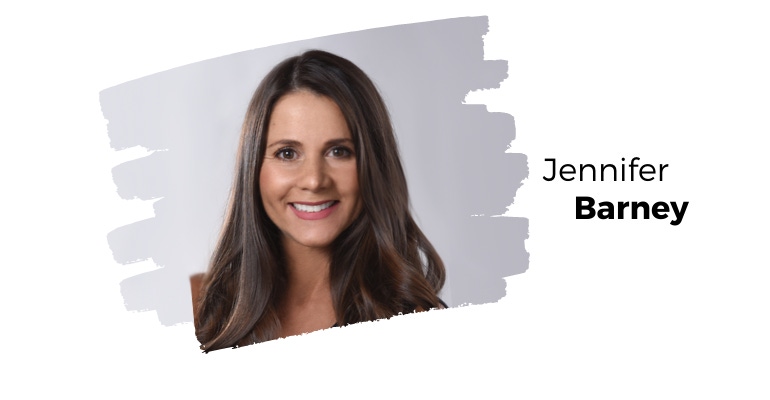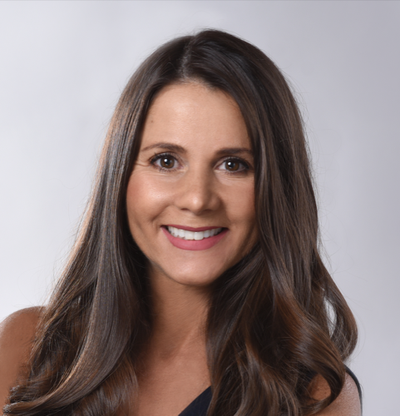Should you entertain investment from your supplier or manufacturer?
If you’ve been thinking about taking on investment from a supplier, listen up.

Smart brands know they have to control their costs and tighten the supply chain, so partnering upstream with a supplier/supplier-manufacturer could help accomplish that. We see vertical integration happening at later stages, but what about early stage?
Let’s define early stage as brands with anywhere from $250,000 to $5 million in revenues.
First things first
Early stage is risky but accessible. Suppliers may be witnessing brands getting acquired for exciting returns and saying, I supply them, maybe I should have invested as an equity investor back when they were small.
Brands have access to outside capital like they never have before, so if suppliers wait too long they’ll have competition. If you get approached by a supplier, here are some tips.
The nature of your supplier/startup relationship has likely never entered these waters, so talking about investing will require some homework on both ends. I highly recommend speaking to professionals who work CPG deals specifically and not just any kind of legal or investment advisor.
Both parties need to have a basis of understanding beyond the investment vehicle being put in place.
Investors and startups should make this list:
How is the percent of equity ownership being determined?
How long will it last?
What will it be used for?
What are you each expecting from the relationship?
Amount of ownership
"Shark Tank" climaxes when the deal/no deal is decided. What percentage of ownership the founder(s) are willing to give away for the ask (amount of raise) is the most important factor on the show. It is the first hurdle investors and founders need to cross. This all has to do with the concept of valuation. Even in an unpriced round where valuation is avoided there can be pitfalls later on if the parties involved do not have the same understanding going in of how they are thinking about valuation.
In later rounds of financing, valuations are typically done based on some multiple of the latest 12-month revenues or EBITDA. This doesn’t make a lot of sense for early stage because when you’re just starting out, revenues are tiny (albeit growing quickly), and there is no positive EBIDTA. Therefore, investors will need to look at a combination of things, including addressable market size, trends, growth rate, margins, founder competency and comps.
Comps
But be careful with comps. You don’t want to make the mistake of looking at high-profile exits like Vitamin Water, RXBar or even Justin’s and think you can project forward revenues and apply those types of multiples. Four to six multiples of revenue is unrealistic, and frankly anything over 3X is not normal. Of course, it depends on many factors, but normal is more like 1–2X forward revenues. Everyone should talk about comps because you want to avoid a situation where the founder presents bad supporting evidence that overvalues their company.
Valuation/dilution
Startup founders tend to worry about dilution because they don’t want to own less of their company than they absolutely have to. But as Andy Whitman of 2X Partners says, valuation/dilution are two sides of the same coin. A lower valuation doesn’t have to be excessively dilutive and using a higher-than-normal valuation as an anti-dilutive measure is dangerous for everyone. It pressures the startup to put up an unrealistic pro-forma, and when it disappoints, they break trust with investors. This strains the relationship, risks any follow-on investment and makes it difficult to find future investors.
Runway
Raising is a time-suck. You want to make the money last as long as your next significant milestone.
What would that be?
Today’s investors are looking for capital efficiencies, which means healthy margins and quicker paths to profitability. This is great news for supplier-investors whose inputs affect COGS and potentially other operating expenses (warehousing, freight). Projecting what is necessary to get to positive operating income should be your milestone.
Operating income is defined as:
Revenues – COGS – Operating Expenses = Operating Income
There is no better position by which to seek your next raise.
Use of funds
The startup should know its business and the industry well enough to predict where funds need to be applied to reach positive operating income. Investors should be wary of these uses:
Significantly improve gross margins (like by more than a few points).
As a supplier you know the next pricing tier, and I’ve already talked about the perils of excess inventory due to larger-than-necessary runs.
Increase sales by growing “brand equity.”
This translates to oversized, short-term advertising.
Insert Tortoise and the Hare fable here.
Good uses are:
Grow team
Move into omnichannel
Working capital
Expectations
Think of this as a long-term relationship. It could be 18 months, several years or even a decade before an exit happens (if it happens) where everyone gets paid out. You want this time to be positive and even exciting. How much support and resources from the investor the startup is expecting and how much and how often the investor will get communication and see financials from the startup should be discussed upfront.
Advisors
Another great founder strength, and something investors will look for, is who the startup has on their side in some formal advisory capacity. (Startups: Don’t BS this—just because you met Peter Rahal a few times and he was super nice doesn’t mean he’ll answer your emails so don’t put him down as your advisor). Look for CPG former founders or industry professionals who have a proven track record and who have the bandwidth to help you. Consummate the relationship with a legal agreement like a FAST (please seek professional advice) or some other remuneration.
Jennifer Barney is an advisor and consultant to food and ag businesses at 3rd & Broadway. She previously founded the almond butter brand Barney Butter.
Have some big ideas or thoughts to share related to the natural products industry? We’d love to hear and publish your opinions in the newhope.com IdeaXchange. Check out our submission guidelines.
About the Author(s)
You May Also Like




